In 2022, I was all excited about the possibilities of a 3D print on demand side hustle. Here’s an update on what I have done so far and what my results are.
To be more specific about my goal, I want to sell 3D-printed jewelry. So since 2022, I learned how to create 3D models that are suitable for 3D printing and metal casting. There was a lot to learn, as there are requirements for the 3D model to be print- and castable without resulting in a broken product in the end, or a product that doesn’t look like you intended.
The Cost of Starting a 3D POD Side Hustle
I’m still amazed at how cheap 3D printing has become; my resin 3D printer cost just a bit over $300 when I bought it in 2021.
Compared to the price of the printer, however, the printing resin cost me a lot more. As I had to import the original Elegoo resin to Switzerland, it set me back about $80. Printing turned out to be cheap still, because I would only need very little resin to print a jewelry piece and therefore each printed piece only costs me a few cents.
The below image shows a selection of jewelry test prints and my 3D printing software calculates the printing cost at $0.6, not for one piece, but for many.
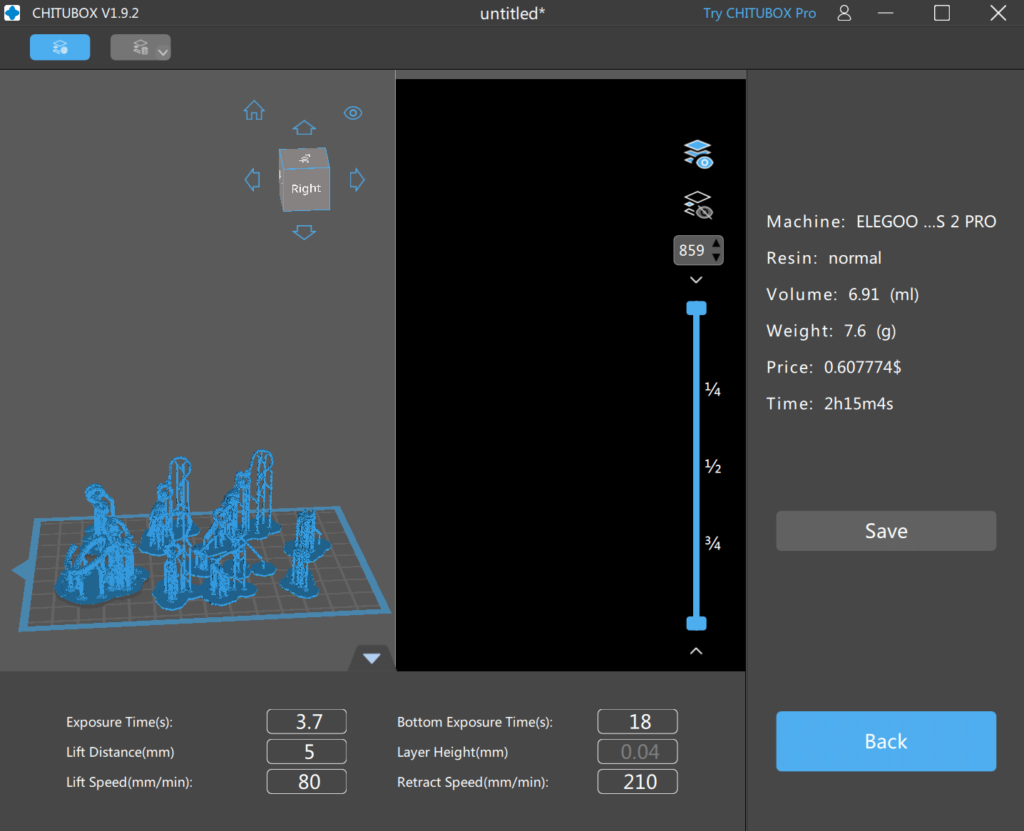
As resin printing is a mess, every sane person gets a washing station with it, so that set me back another $141.
For cleaning resin prints before curing, you need something strong like Isopropyl alcohol to put into the washing station. One sufficient filling of the washing station takes about 3 bottles which cost me $12 each, in total about $36.
Here’s my “starter pack” order including my 3D printer, the washing station, and the Isopropyl alcohol. I had to order the resin from somewhere else.
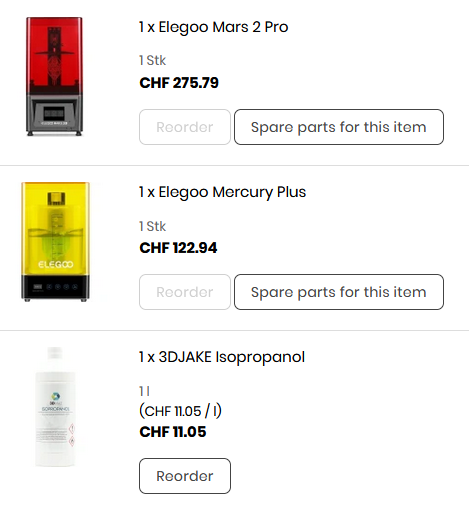
Resin is toxic, so a mask is a must as well. I bought a good one, so that was another $100. When I wear it, I smell absolutely nothing.
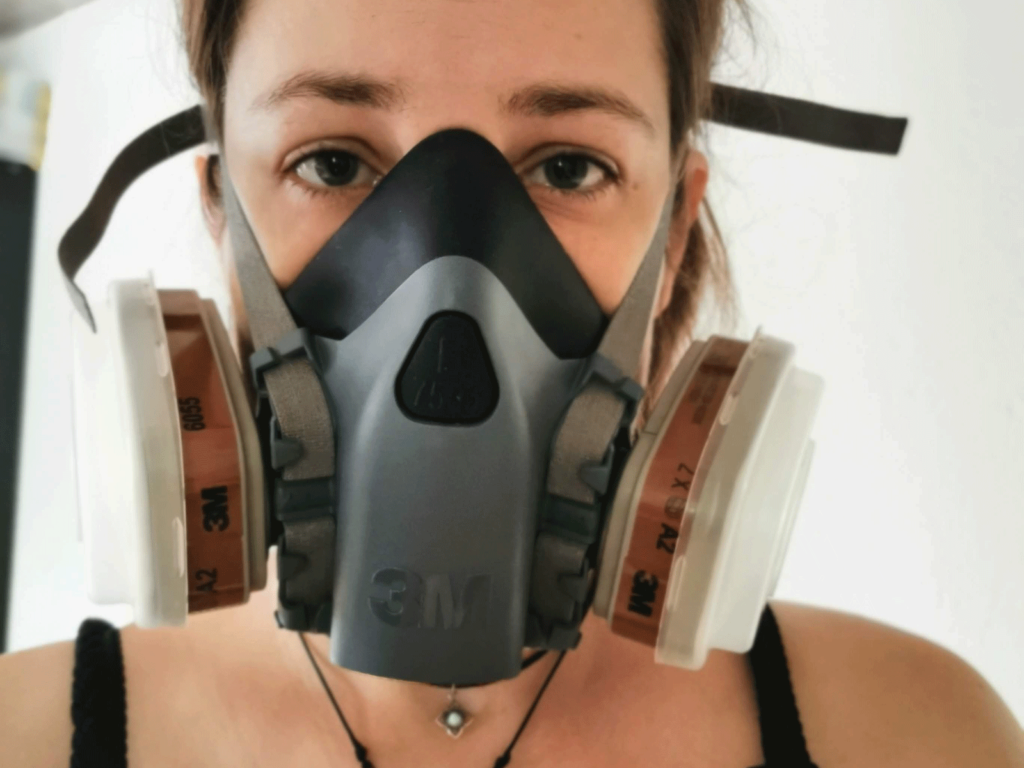
I also bought some other small things, like nitrile gloves and safety glasses.
Overall, initial expenses for starting my 3D printing side hustle round up to about $700.
But, you might think, if it’s print on demand and a company will print and ship the product, why would you need a 3D printer at all? I’ll answer that question in the next section.
The process of creating new products includes expenses
Test printing my jewelry pieces is crucial so no customer would receive a piece that doesn’t look good or breaks easily.
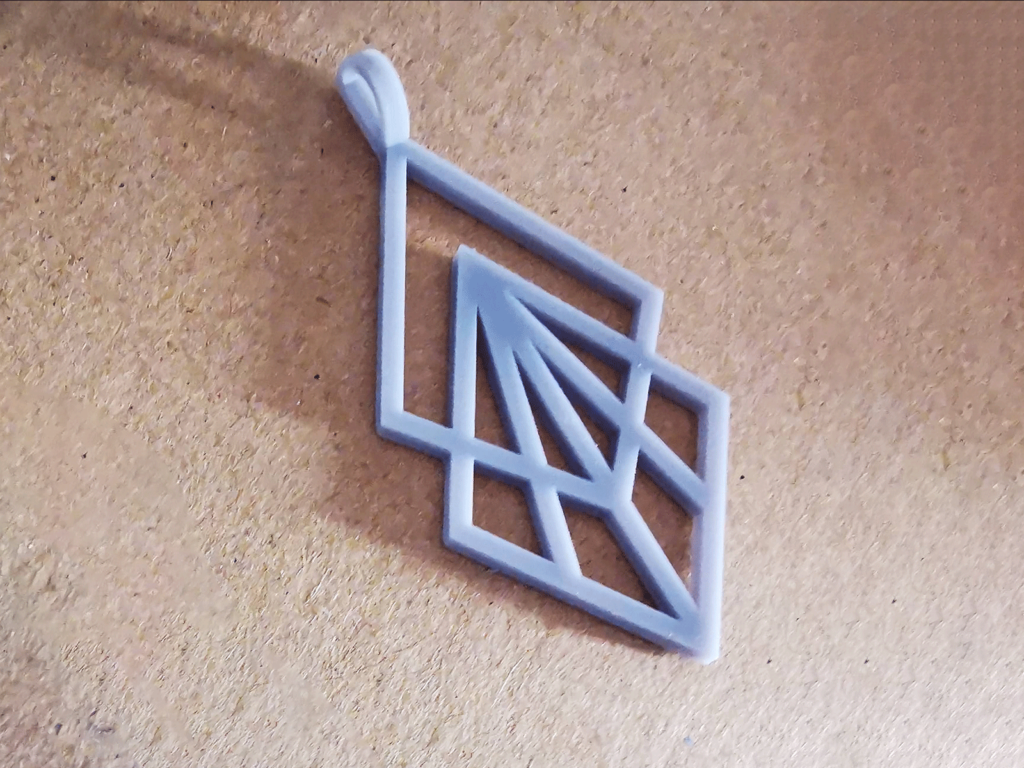
To ensure that, I test print the pieces in resin first to see if all the details work out in real-life size and if it overall looks like intended.
Once my resin test print looks ok, I order a metal cast “test print” from Shapeways. Depending on my confidence that the piece will turn out well or not, I order it cast in either cheap bronze/brass or, more expensive, in silver.
Here’s a pricing example of a pendant I created for a friend; As you can see, brass and bronze start pretty cheap.
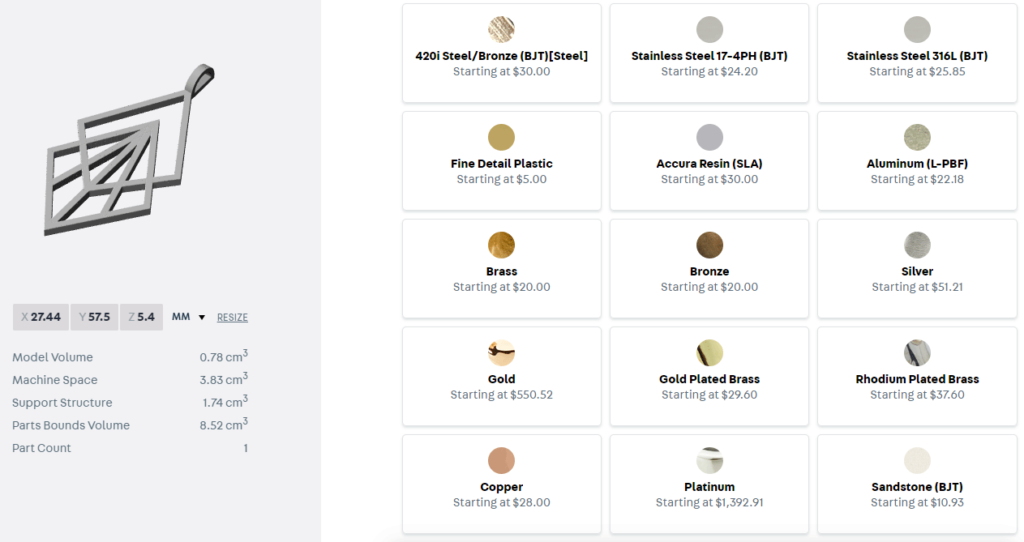
For those interested, I ordered the pendant in black 420i Steel/Bronze(BJT) because my friend wanted black steel geometric jewelry. It has a nice weight and I like the matt black.
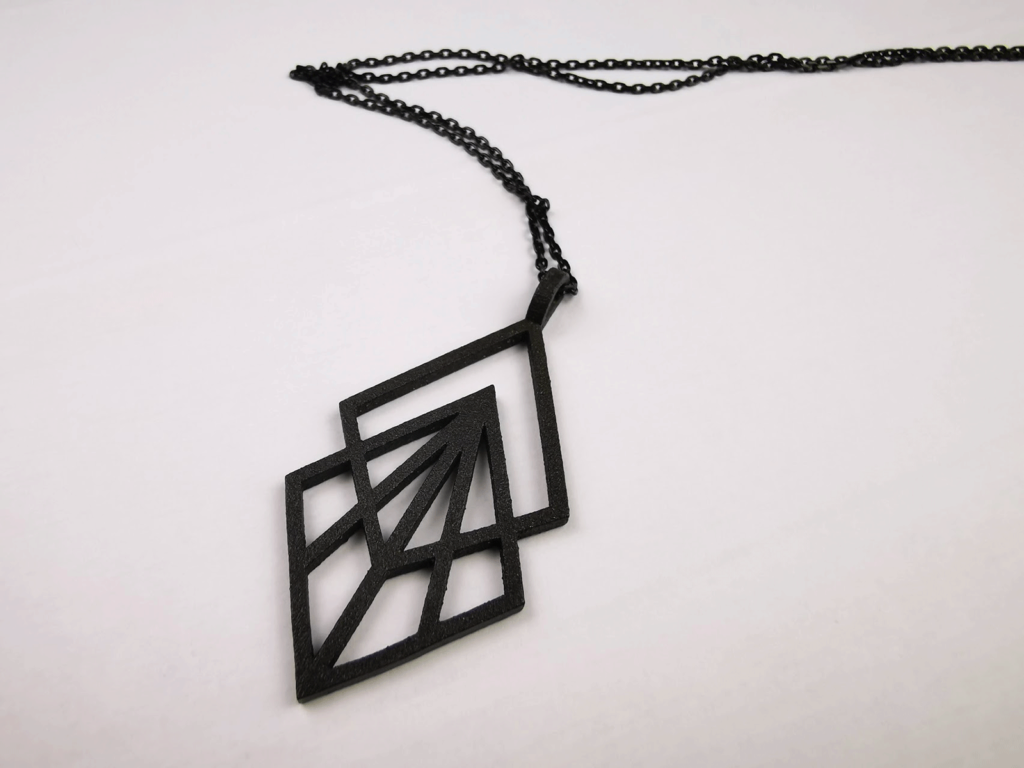
Experiments are costly as well
The requirements for printing and casting in bronze, brass, silver, and gold are very similar. Therefore, if I want to experiment and go below my 3D printing service’s minimum requirements, I always pick a cheap metal.
Speaking of minimum requirements: The specifications given by Shapeways ensure trouble-free printing. That doesn’t mean you need to stick to them. I found that especially for interlocking parts, the minimum distances between the parts look clunky for jewelry and I have since tried to go lower and lower to make jewelry that looks more closely to handmade.
If the overall stability of the print and cast is not affected, Shapeways will process the order without questions asked, even if the piece’s measurements go below their specs.
Once I receive the metal cast jewelry piece, I inspect it and decide whether it’s sellable or not, or if it goes into a next iteration to improve it. When I’m happy with the piece, I shoot pictures and list them in my Shapeways shop.
Shooting pictures is definitely a process I haven’t optimized yet – I’m still learning. Jewelry photoshoots are not easy because of all the shiny surfaces and the small size of jewelry.
Using the above process, since 2022 I’ve created 5 shop listings.
Yes, I know, 5 finished products are not that much to show for that amount of time, but there was a lot of experimentation and learning involved to get to these 5 listings. There are also a few finished pieces that are waiting for a photoshoot and listing.
All test prints from 2022 up to now cost me about $1000.
This included test printing several items more than once as I was l learning.
But of course, listing products in a shop is not enough, so on to the next step.
Marketing My Products
This is the trickiest part. It doesn’t necessarily require money, but dedication and time.
Selling jewelry is a very competitive business, and getting eyeballs on your stuff is very, very hard. The Shapeways marketplace, where I opened my shop, literally doesn’t get any traffic at all, as you can see from the data I got from ahrefs:
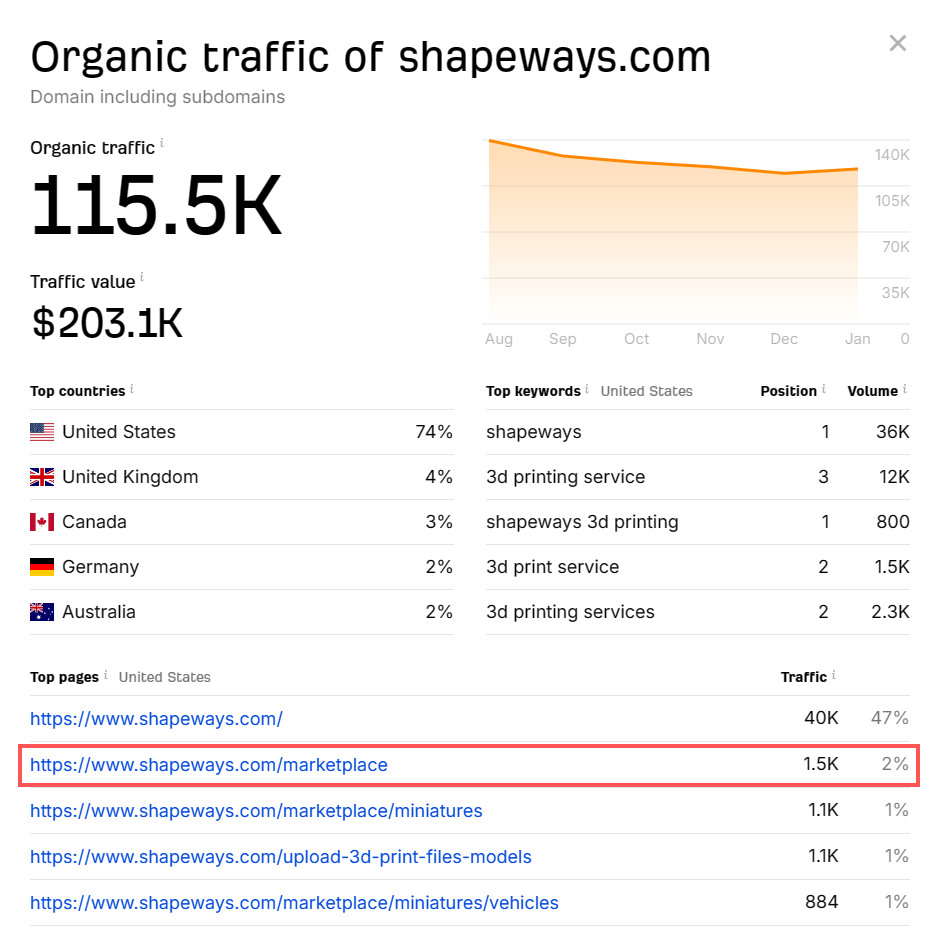
The subdomain shapeways.com/marketplace gets a whopping 1500 visits per month in the US, which makes 74% of its traffic. Doing some math with that, you can estimate that the total traffic is just around 2000 visits per month.
Add to it that the people browsing around in the shop are probably not the jewelry-searching kind, and certainly not my target group.
It was clear to me from the beginning that there would be no significant traffic on the Shapeways marketplace, so my plan has always been to promote my jewelry on social media. Let’s see how that went.
How I Promoted My Products on Social Media
Before starting, I decided that I saw the most potential in YouTube Shorts, TikTok, Instagram, and Pinterest, so I created an account for all of the mentioned platforms and started posting.
The types of content I posted:
- Videos/photos of the finished jewelry
- Jewelry 3D modeling time-lapse videos
- Preview of the 3D model in my 3D modeling software (Blender 3D)
- Videos of the resin test prints, removing print supports to reveal the piece, or me wearing the test print
- Unboxing videos from when I got my jewelry test prints
- Funny looking 3D modelling views
- Behind the scenes from photo sessions
I focus heavily on short-form video as this seems to get the best results, with some long-form and photos sprinkled in on platforms that support them.
This is a mixed bag. Each one of my first 5 reels had almost 200 views – maybe Instagram was giving me an introductory boost. Then my views dropped lower and lower, from 29 to 4 to 0. I stopped posting after that.
In total, I posted 9 reels and 1 photo, and that got me 4 followers, 0 likes, and an unknown amount of views – Instagram analytics only go back 6 months so I’m too late to check. However, I see some potential here with interacting with other accounts of similar niches, so I don’t give up on this yet.
Tiktok
I took care of my Tiktok account the most – because I could see the best results. On average, I would get about 200 views per video, plus about 10 likes, with maximum view numbers of up to 1900.
After 25 posted videos, my account currently has 700 likes and 29 followers.

Not too exciting, but better than on some of my other social media accounts. This is also the only account where I got any comments on my videos, even though not many.
As for what type of videos I received the most views:
- One video with 1971 views is very short (7.6s), but shows something specific to 3D modeling that looks a bit weird, with a voice-over of what it is. It just looks funny and people wonder what it is, that’s probably why it got views.
- The other two videos are time lapses of me 3D modeling jewelry in Blender. The first one is a bit over one minute, the other about two minutes long. The shorter one of the two is the only video that is still getting views after months of inactivity on the account.
Besides trying to make my videos as interesting as possible, I used trending Tiktok music, but only from the list that is allowed for commercial use. I could probably be more successful with the other music, but that wouldn’t be legally correct.
Youtube Shorts
Youtube was somewhat encouraging as well, because my videos would get quite some views considering my new, followerless account.
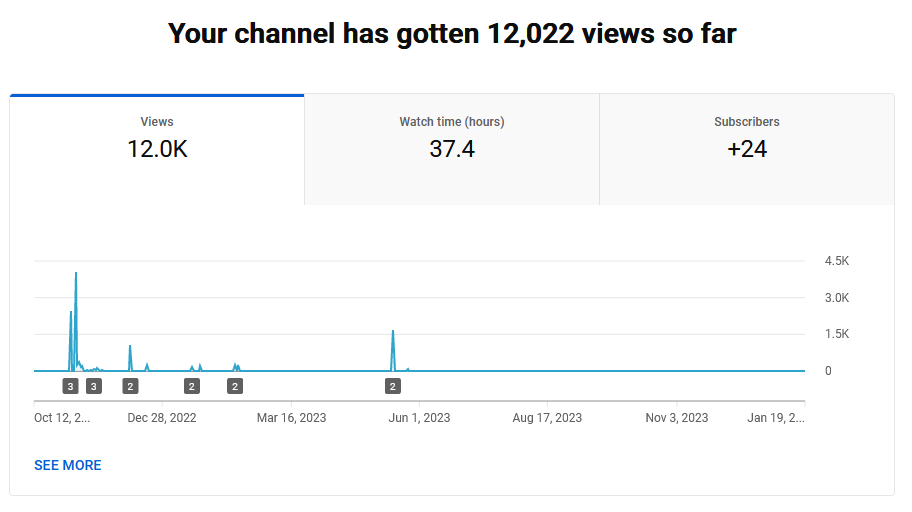
What I posted:
- 1 long-form video (2.5Mins), a 3d modeling time lapse
- 13 shorts, usually recycling the most successful from Tiktok.
Most viewed video: 5043 views
Average video views: 900
But… The geographies of the viewers are not that promising. As you can see in the stats, 25% of the views came from India. For most people in India, my jewelry is probably too expensive, or it’s jewelry suppliers looking for customers.
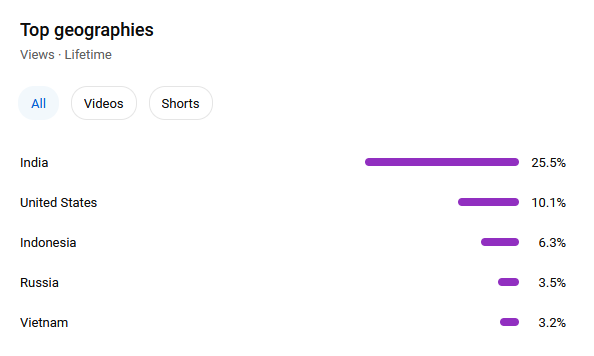
So I’m not sure whether my moderately successful Youtube Shorts would do anything good for me so far.
I expected Pinterest to perform better, especially considering that I pinned almost exclusively idea pins with videos.

In total, I created 12 pins, 9 idea pins, and 3 static image pins.
The peak of impressions was 177 on an idea pin, and the best-performing pin click-wise was another idea pin with 9 clicks. One happy idea pin even got a heart.
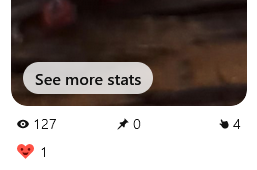
I’m sure Pinterest can do better – I will need to invest more time here, and be more consistent. I’ve previously built up accounts to over 200k monthly impressions, so I know I can do it.
Overall Social Media Conclusions
I admit I was disappointed – I thought with all the content I have, it would be easier to get some good reach. However, all social media platforms want you to show up daily, which I didn’t do, so I know it’s entirely my fault that it’s not working as well as I expected. I’ll have to go back to scheduling tools to improve consistent posting.
My 3D Print On Demand Side Hustle Results
Now after all that work, did I sell anything?
No.
Am I out $1700?
Yes.
Was it fun?
Also yes. A lot. So nothing lost in the process so far.
What will I do next?
I’m thinking about opening an Etsy shop and dropshipping the jewelry. However, I’m a bit afraid of doing so, because I would have to do a whole lot of customer support without ever laying eyes on the shipped product. Also, shipping times will be 3-4 weeks. I’m not sure whether that is going to work with Etsy.
In other measures, I think I have not fully leveraged all the content I’ve created while I was working on this side hustle. I’ve recorded a ton of videos that I have not posted yet, and on all social media platforms, there is still more potential.
I will not give up yet.

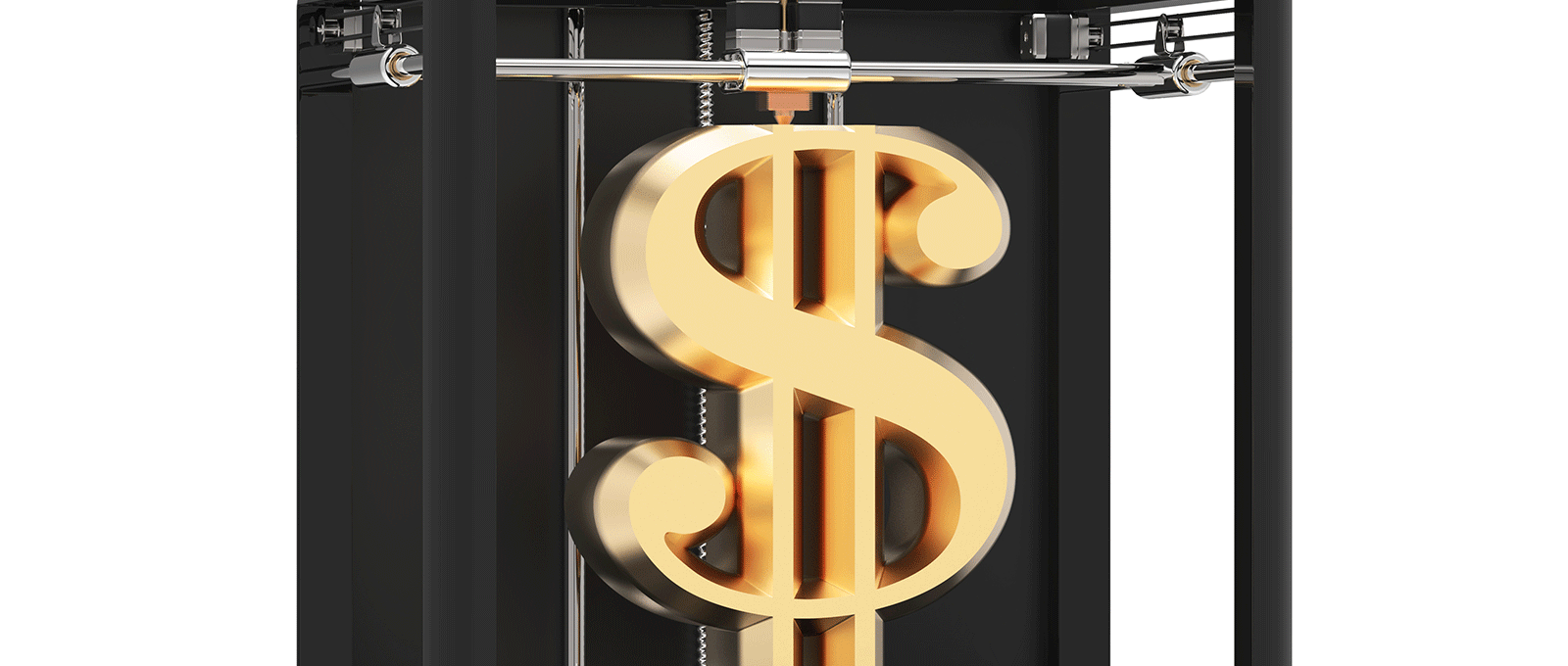


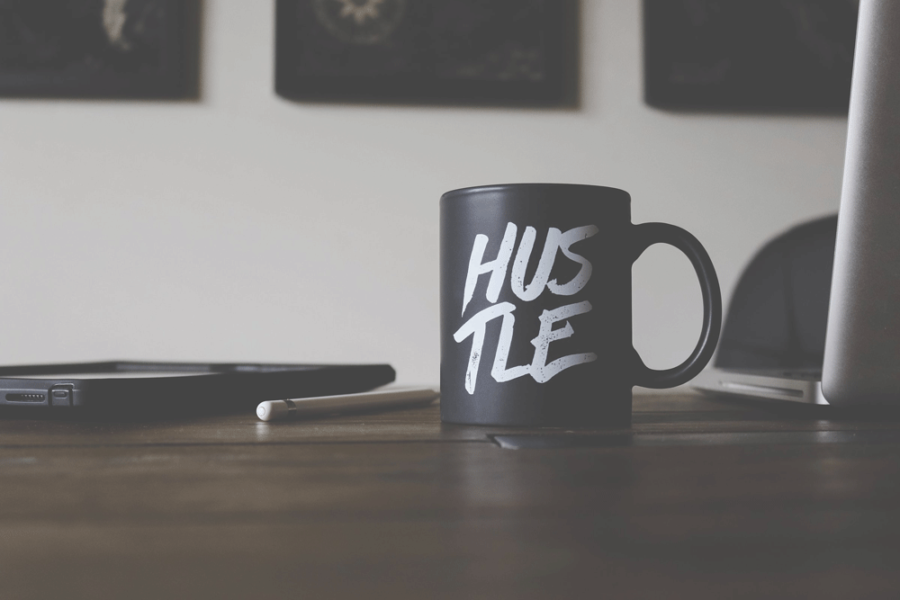

Leave a Comment